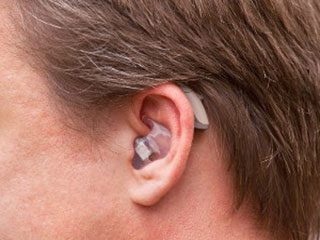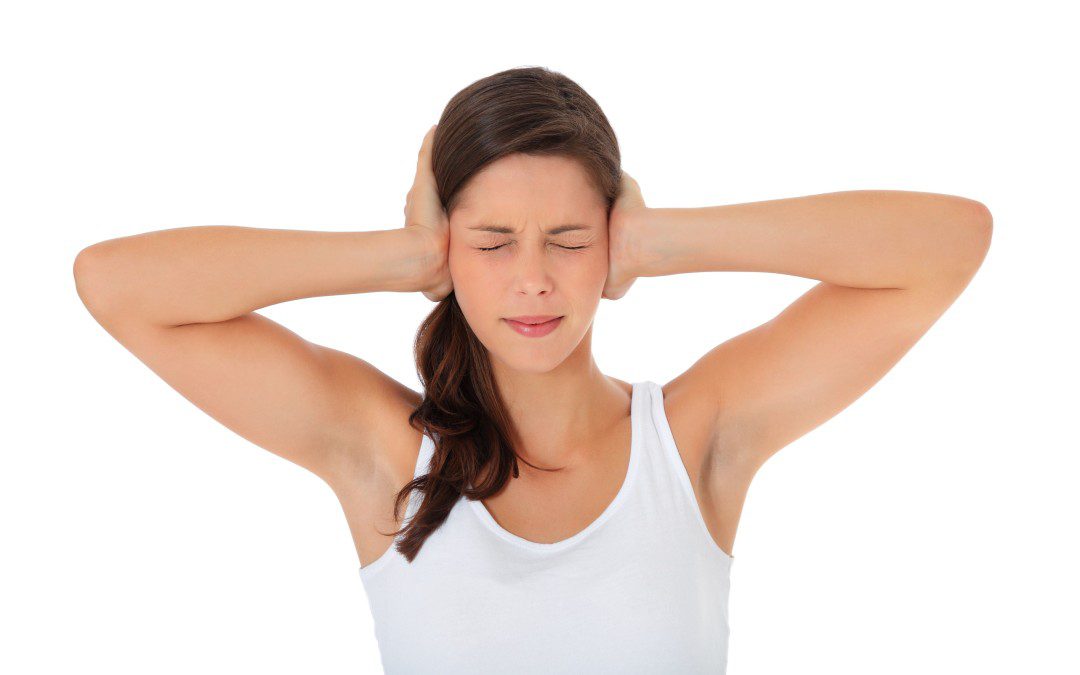
Feb 27, 2018
If you find yourself constantly asking people to repeat what they have said to you, it is a good indication that you have a hearing problem that should be diagnosed and treated. Unfortunately, all too many people who could benefit from wearing a hearing instrument shy...

Feb 20, 2018
To understand “pulsatile tinnitus,” it is helpful to know the difference between the two main types of hearing loss: “conductive” and “sensorineural.” Conductive loss is due to problems involving the ear canal, ear drum, or middle ear; sensorineural loss involves...

Feb 13, 2018
Those with hearing loss in both ears benefit most from wearing a hearing instrument in each ear. Being fitted with “binaural” hearing instruments provides the listener with a better ability to locate sounds. This increased “localizing” capability occurs by being able...

Feb 6, 2018
As you probably already know, over-the-counter pain-killing medications such as acetaminophen and ibuprofen come with their share of potential side effects, some of which may be quite serious. One recent example of this type of side effect comes from a study that...

Jan 30, 2018
It is especially important for hearing instrument users to avoid earwax (cerumen) buildup. Accumulations of the fatty substance produced by the sweat glands inside the ear not only damage the hearing instrument, but they also can reduce its effectiveness by blocking...

Jan 23, 2018
If you take antidepressant medication in the class of drugs known as selective serotonin reuptake inhibitors (SSRIs) and experience tinnitus (ringing in the ears), you should know that your medication might be making your tinnitus worse. The irony of this link between...






